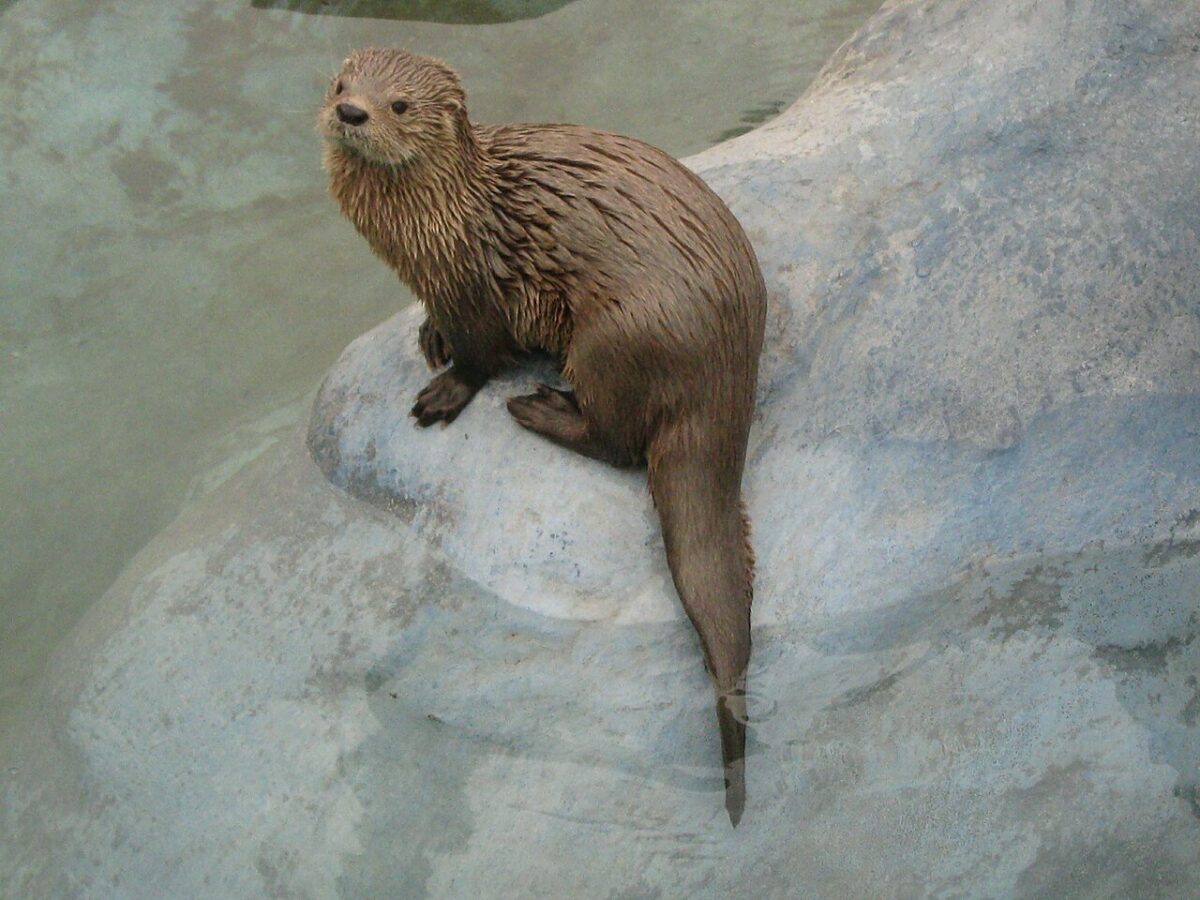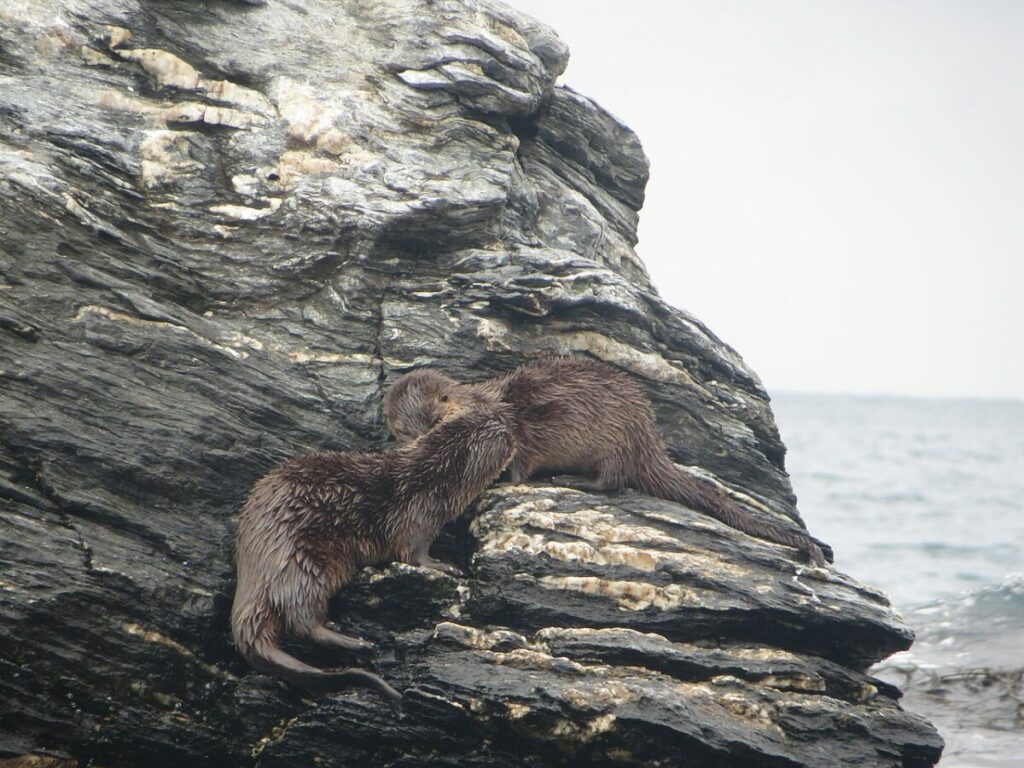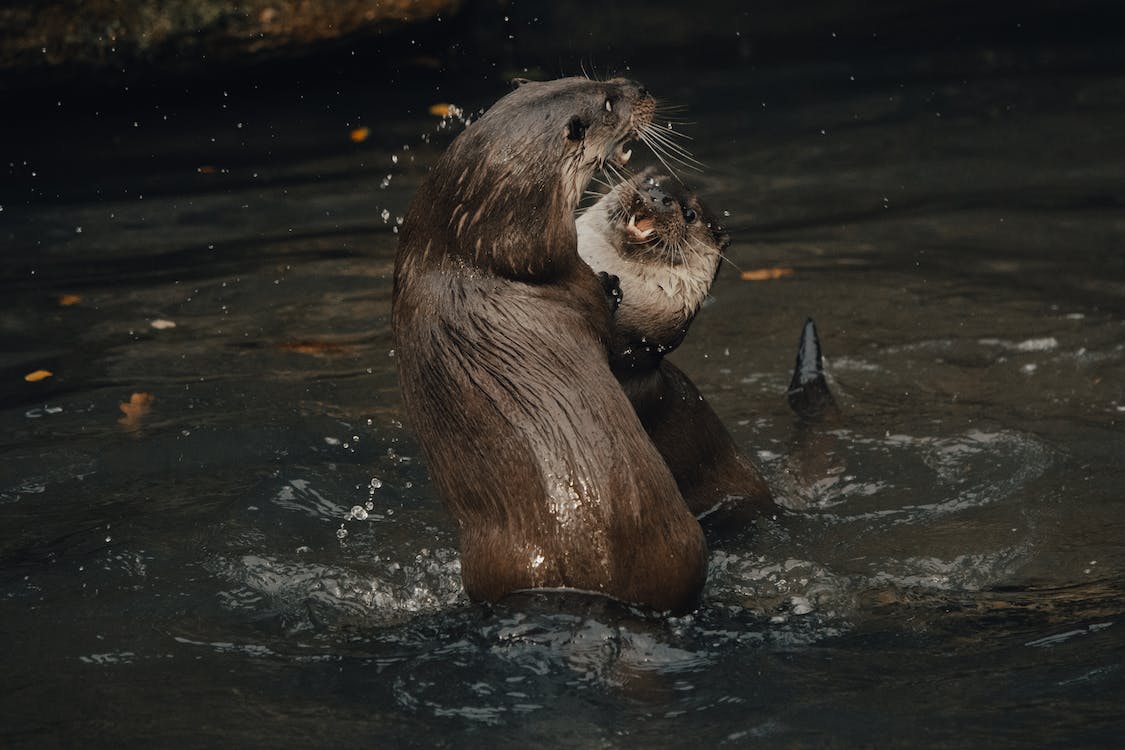Delving into the world of marine animals brings us face to face with an adorable and endangered creature—the Marine Otter. A resident of the Mustelidae family, which is essentially an oceanic cousin of the weasel clan, this intriguing species is increasingly becoming scarce, putting it on the brink of extinction.
Marine Otter’s Preferred Habitat

Hailing exclusively from South America, this aquatic charmer has made the rocky coastlines of Argentina, Chile, and Peru its favourite dwelling places. Occasional appearances have been noted in the Faulkland Islands as well, but their true affinity lies with the coastal belt of the South American continent.
Known to frequent rocky crevices, caves, lush shrubs, and swathes of seaweed, these otters have created a comfort zone, both underwater and at the fringes.
Adaptation to the habitat
Unlike most other otter species who desire calm waters, the Marine Otter is robust. It thrives in rough, choppy waters. In the rare events they venture on land, a safe proximity of less than hundred feet from their aquatic abode is meticulously maintained.
Physical Uniqueness of the Marine Otter

Timid and small, an adult Marine Otter hardly crosses three feet in length, while its weight varies between ten to thirty pounds.
The protective setup of these creature’s bodies is awe-inspiring:
- Distinctly darker & coarser fur is compared to typical otters.
- Sharp, slicing-teeth designed perfectly for their diet composed of mollusks, crabs, shrimp, and fish.
Trace of Marine Otter behaviour

Privacy is key to these solitary creatures. Sightings usually involve one or at most a small group of three, especially during daylight hours, basking in the sun or enjoying a meal perched on rocks.
Breeding Marine Otters exhibit remarkable parental care. Mothers carry their pups for two to three months, giving birth to 2-5 pups predominantly between January and March. For almost ten months post-birth, these marine mothers and fathers guide their offspring to hunt for their food.
See Related: Exploring the Fascinating Otter Habitat: A Peek into their Aquatic World
The Struggle for Survival of Marine Otters

The future appears grim for these South American otters with worldwide numbers dropping to alarming lows of just about a thousand. The apparent culprits for their decline are illegal hunting for fur and food & polluted habitats. Laws have been enacted for their protection, but unfortunately, the lack of stern enforcement perpetuates the problem.
Related Resources: